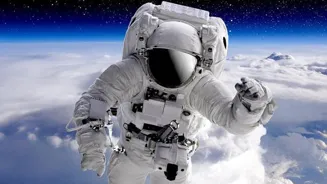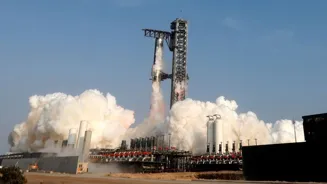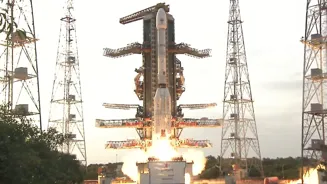Unveiling the Cosmic Mysteries: 10 Space Missions That Redefined Exploration. Dive into the universe's wonders
Bangalore: Space exploration has always captured the imagination of Indians, and indeed, the world.
From ancient astronomers charting the stars to modern-day scientists sending probes to distant planets, the quest to understand the universe has been a constant.
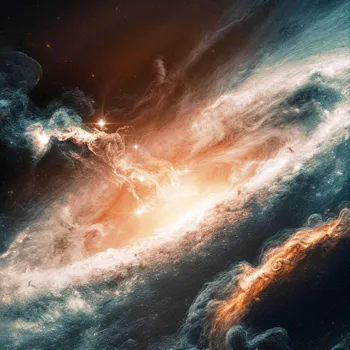
Over the decades, many missions have propelled our knowledge forward in leaps and bounds. Here are 10 such incredible missions that have truly revolutionized our understanding of space, presented in a way that's easy to understand and appreciate.
Sputnik 1 (1957): The Dawn of the Space Age
The launch of Sputnik 1 by the Soviet Union in 1957 was a watershed moment. This tiny, beeping satellite, no bigger than a beach ball, was the first artificial object to orbit Earth.
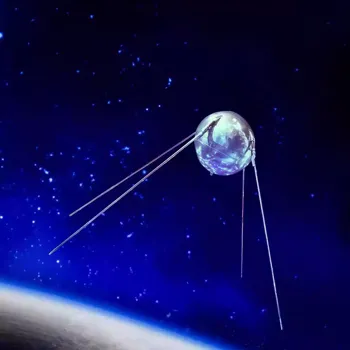
Although it carried no scientific instruments, Sputnik 1 sparked the space race and galvanised research and development in rocketry, satellite technology, and space science. It proved that spaceflight was possible and opened the door for all the missions that followed.
The successful launch of this satellite prompted the US to launch its own space missions, thereby accelerating the push towards space exploration.
Project Mercury (1961-1963): Putting Humans into Orbit
Following Sputnik, the focus shifted to sending humans into space. Project Mercury was the United States' first human spaceflight program. It achieved the goal of putting an American astronaut into orbit around Earth.
These missions, though short, provided invaluable data on the effects of spaceflight on the human body and paved the way for longer and more complex missions. Astronauts like Alan Shepard and John Glenn became national heroes, inspiring a generation to dream of the stars.
This effort was important to showcase US's capability in the space arena.
Apollo 11 (1969): One Giant Leap for Mankind
Apollo 11 is undoubtedly one of the most iconic space missions in history. When Neil Armstrong took his first steps on the Moon on July 20, 1969, he wasn't just representing America; he was representing all of humanity.
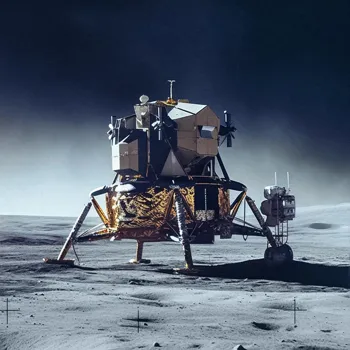
This mission proved that humans could not only reach another celestial body but also explore it. Apollo 11 brought back lunar samples that have been studied for decades, providing insights into the Moon's formation and evolution. It showed the world, what could be done with focus and resolve.
Voyager 1 & 2 (1977-Present): Touring the Outer Planets
Launched in 1977, the Voyager probes were initially designed to study Jupiter and Saturn. However, their trajectories were cleverly planned to allow them to visit Uranus and Neptune as well.
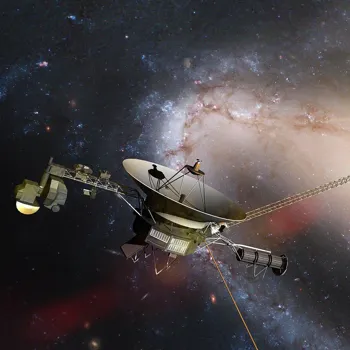
These missions provided the first detailed images of these outer giant planets and their moons, revealing stunning landscapes, complex atmospheres, and previously unknown rings.
Even today, Voyager 1 and 2 continue to journey further into interstellar space, sending back valuable data about the region beyond our Sun's influence. These are considered to be some of the most successful deep space missions in history.
Hubble Space Telescope (1990-Present): A Window to the Universe
Before the Hubble, ground-based telescopes were often limited by the Earth's atmosphere. The Hubble Space Telescope, orbiting high above, provides incredibly clear images of the cosmos. It has allowed astronomers to study galaxies, nebulae, and other celestial objects in unprecedented detail.
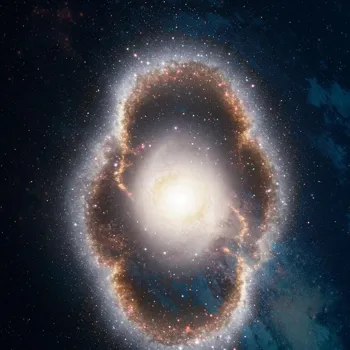
Hubble has helped us understand the age of the universe, the formation of galaxies, and the existence of super massive black holes. Regular maintainance allowed this telescope to keep providing data for a long amount of time.
Mars Pathfinder (1997): Roaming the Red Planet
Mars Pathfinder was a low-cost mission that landed the Sojourner rover on Mars. Sojourner, though small, was the first wheeled vehicle to explore the Martian surface.
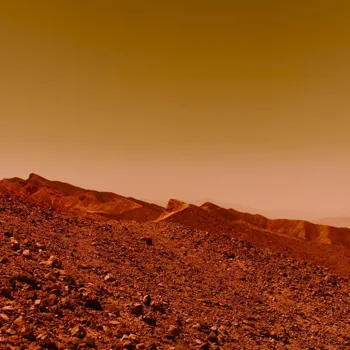
This mission showed that it was possible to send rovers to Mars and operate them remotely, paving the way for more advanced missions like the Spirit, Opportunity, and Curiosity rovers. Pathfinder gathered data on Martian rocks, soil, and atmosphere, further revealing about the Red Planet.
The images sent back were truly inspiring.
International Space Station (1998-Present): A Home in the Sky
The International Space Station (ISS) is a giant laboratory orbiting Earth, where astronauts from different countries conduct research in microgravity. It facilitates experiments in biology, physics, astronomy, and other fields.
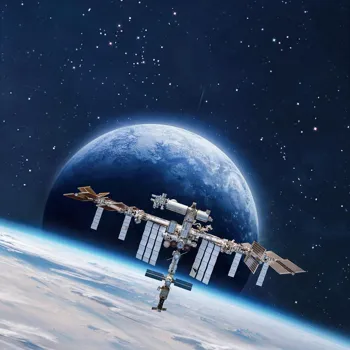
The prolonged human presence on the ISS helps understand how humans survive and thrive in space and provides a testbed for technologies that will be needed for future deep-space missions. It serves as a unique collaboration of different nations.
Cassini-Huygens (2004-2017): Exploring Saturn and Titan
The Cassini-Huygens mission was an ambitious collaboration to explore Saturn and its moons. The Cassini orbiter spent 13 years studying the planet, its rings, and its magnetosphere. The Huygens probe, released by Cassini, landed on Titan, Saturn's largest moon.
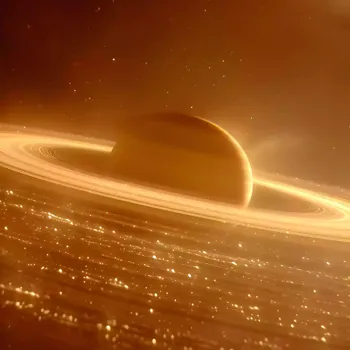
It was the first spacecraft to land on a body in the outer solar system. Data from Cassini-Huygens revealed that Titan has a thick atmosphere, liquid methane lakes, and potentially even a subsurface ocean.
Rosetta (2004-2016): Chasing a Comet
The Rosetta mission achieved the feat of orbiting a comet, 67P/Churyumov-Gerasimenko. Its Philae lander touched down on the comet's surface. Rosetta studied the comet as it approached the Sun, revealing insights into its composition, structure, and behaviour.
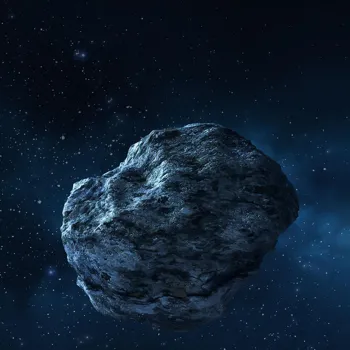
This mission helped scientists understand the role of comets in delivering water and organic molecules to early Earth. It was a technically challenging mission with great scientific rewards.
Kepler Space Telescope (2009-2018): Finding Exoplanets
The Kepler Space Telescope was designed to search for planets orbiting other stars, or exoplanets. By monitoring the brightness of thousands of stars, Kepler detected tiny dips in light caused by planets passing in front of their stars.
Kepler discovered thousands of exoplanets, including many that are Earth-sized and located in the habitable zones of their stars, where liquid water could exist. This mission showed us that planets are incredibly common in the universe and that many more Earth-like planets are there.
These ten missions are but a sample of the many space endeavours that have expanded our knowledge of the universe. Each mission has built upon the successes and lessons learned from those before, pushing the boundaries of what is possible.
As technology advances, future missions will almost certainly make even more revolutionary discoveries, unlocking the secrets of the cosmos and inspiring generations to come. ISRO's recent successes, for example, further bolster faith in space programs.
AI Generated Content. Glance/InMobi shall have no liability for the content




